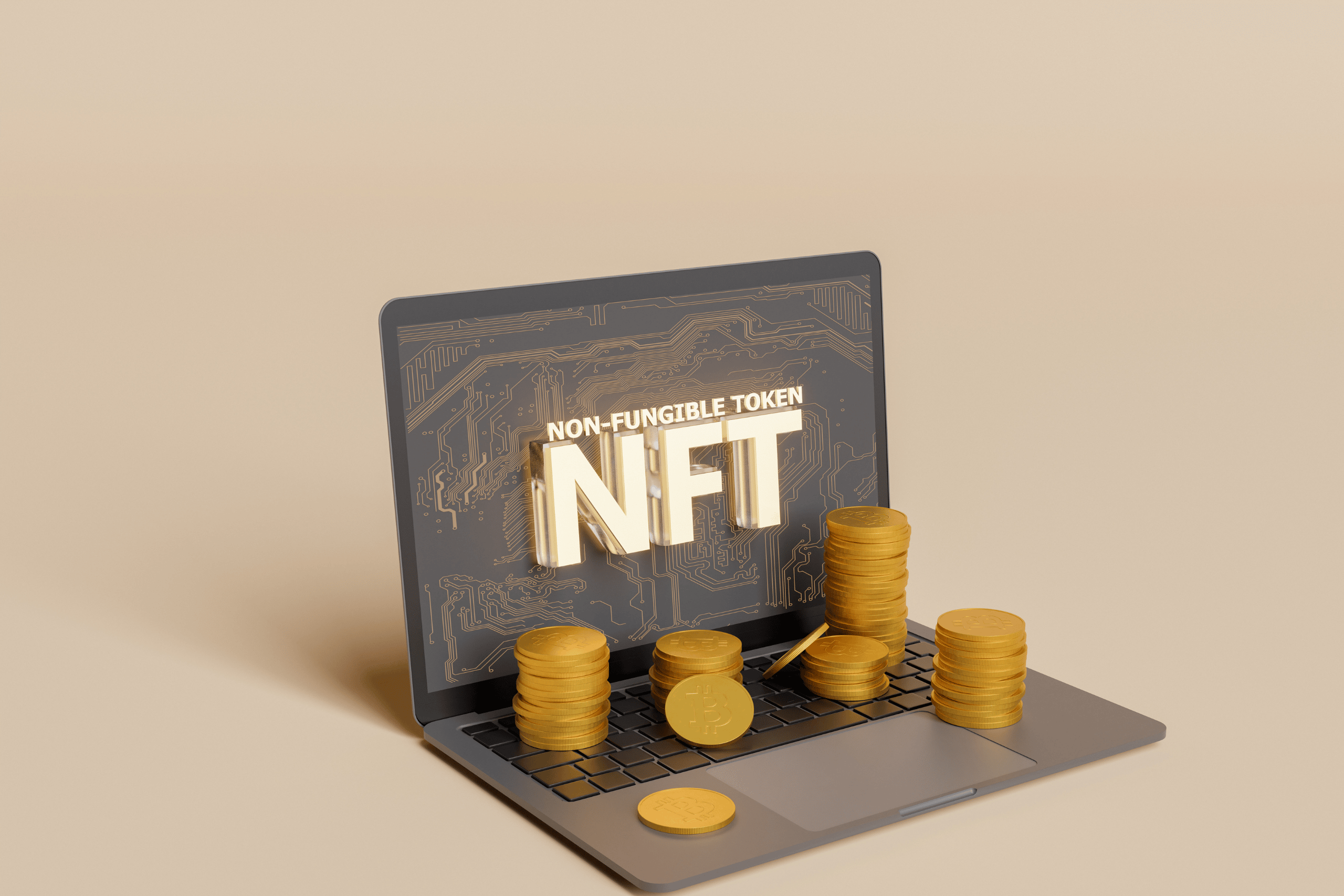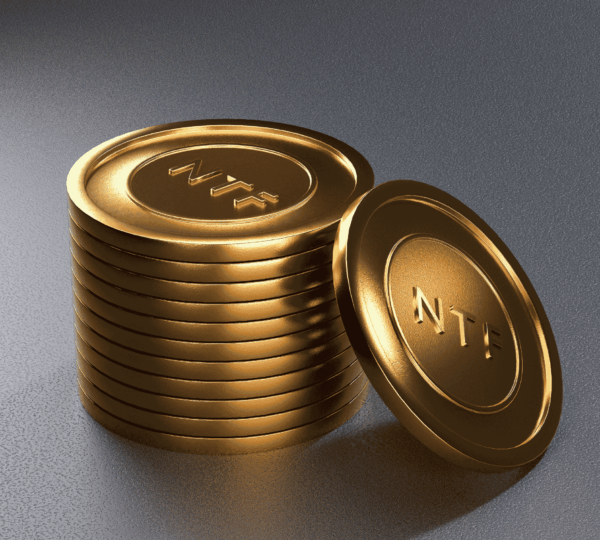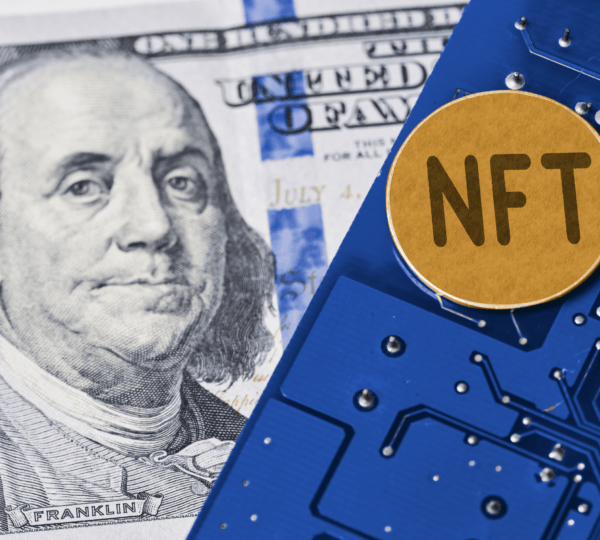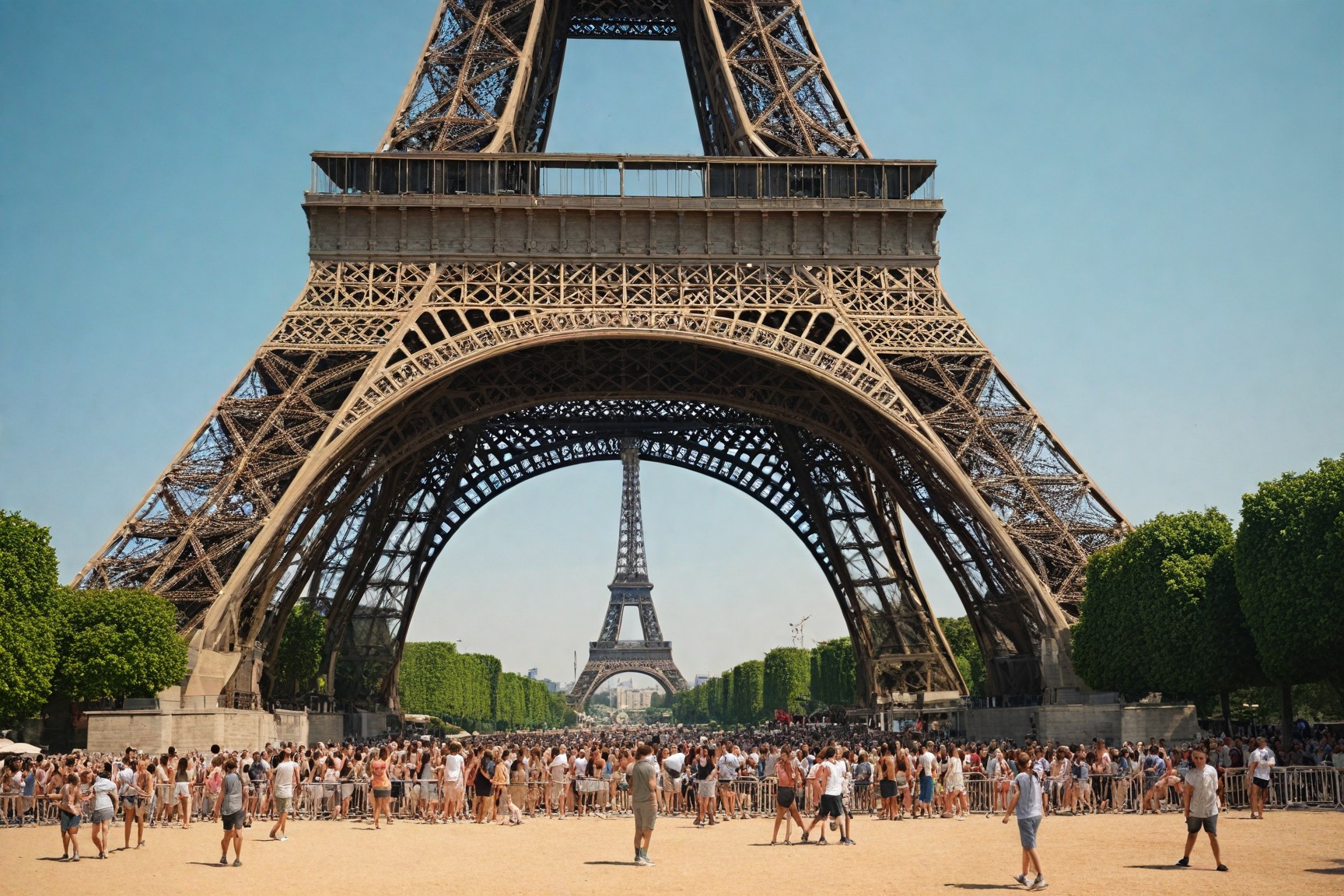
The Role of Non-Fungible Tokens (NFTs) in Modern Art and Commerce
In 2010, a man named Laszlo Hanyecz made history by purchasing two pizzas for 10,000 Bitcoin. At the time, Bitcoin was a fringe technology, with little real-world value. Fast forward to today, and those same Bitcoins would be worth over $600 million. What seemed trivial then turned into a landmark moment in digital currency. Similarly, the art world has witnessed a groundbreaking shift with the rise of Non-Fungible Tokens (NFTs)—a technology many dismissed at first but is now reshaping modern art and commerce.
Understanding NFTs and Their Impact on Art
NFTs are unique digital assets stored on a blockchain, certifying ownership and authenticity. Unlike cryptocurrencies such as Bitcoin or Ethereum, NFTs cannot be exchanged on a one-to-one basis due to their uniqueness. Artists, collectors, and investors have leveraged this technology to redefine how art is bought, sold, and valued.
A Paradigm Shift for Artists
Before NFTs, digital artists struggled with monetization. Platforms like Instagram and DeviantArt allowed artists to showcase their work, but piracy and lack of ownership rights made financial success difficult. NFTs changed this dynamic by providing verifiable ownership. Popular NFT artist Beeple, whose piece “Everydays: The First 5000 Days” sold for $69 million at Christie’s, exemplifies this shift. Digital artists now have the ability to earn directly from their work, bypassing galleries and traditional gatekeepers.
According to an article in ArtNet, galleries and auction houses are embracing NFTs, acknowledging their potential to democratize the art world. However, some traditional art critics remain skeptical, questioning the long-term sustainability of NFT-based art markets.
NFTs have also enabled the emergence of new artistic communities. Platforms like SuperRare, Foundation, and KnownOrigin allow artists to collaborate, gain visibility, and profit from secondary sales through smart contracts. This innovative model ensures that artists continue to earn a percentage of resales, a feature lacking in the traditional art market.
NFTs in Commerce: More Than Just Digital Art
While NFTs first gained traction in the art space, their commercial applications extend far beyond. From gaming and fashion to real estate and intellectual property, NFTs are infiltrating various industries. Marketplaces like OpenSea and Rarible facilitate NFT transactions across diverse sectors, signaling a shift toward digital ownership economies.
NFTs in Gaming and Virtual Goods
Gaming is a multi-billion-dollar industry, and NFTs are transforming how players buy, sell, and trade in-game assets. Platforms like Axie Infinity, The Sandbox, and Decentraland utilize NFTs to create virtual economies where digital items hold real-world value. Players can own and trade skins, weapons, and even virtual land, creating a decentralized gaming ecosystem.
Gaming companies are integrating NFTs into mainstream platforms, allowing players to trade digital collectibles across different games. Ubisoft and Electronic Arts (EA) have announced NFT adoption in their gaming ecosystems, signaling a new era in virtual economies.
The Fashion Industry’s NFT Adoption
Luxury brands like Gucci and Louis Vuitton have entered the NFT space, launching digital wearables that consumers can purchase for use in virtual environments. Gucci’s “Aria” NFT collection, auctioned at Christie’s, fetched thousands of dollars, proving that digital fashion has commercial potential.
Fashion blog The Business of Fashion notes that NFTs help brands fight counterfeiting while creating new revenue streams. By linking physical luxury items with digital certificates, brands can ensure authenticity and offer exclusive experiences to their customers. Nike has also patented “Cryptokicks,” an NFT-based system to verify sneaker authenticity, showing the vast potential of NFTs in combating fraud.
NFTs have also impacted streetwear culture, with sneaker resellers using blockchain technology to validate limited-edition items. This creates transparency in an industry often plagued by counterfeits and resale manipulation.
The Investment and Legal Landscape of NFTs
The NFT market has attracted major investors, with celebrities, tech entrepreneurs, and hedge funds diving in. But this emerging industry also faces legal and ethical challenges. Intellectual property disputes, copyright infringement, and regulatory uncertainties continue to pose risks for NFT creators and buyers.
Legal Challenges in the NFT Space
- Copyright and Ownership: Many buyers assume purchasing an NFT grants them full rights over the artwork, but in most cases, they only own a digital certificate, not the copyright.
- Scams and Fraud: Fake NFT projects have led to millions in losses, prompting calls for stricter regulation.
- Environmental Concerns: The energy consumption of blockchain transactions, particularly on Ethereum, has raised sustainability concerns.
According to Harvard Business Review, governments and regulatory bodies are still catching up, and future NFT policies could impact how digital assets are traded globally.
NFTs in Real Estate and Intellectual Property
NFTs are also entering real estate markets, where they are used to tokenize physical properties, enabling fractional ownership and decentralized transactions. Companies like Propy and RealT are pioneering blockchain-based property sales, allowing buyers to invest in real estate using NFTs.
In intellectual property, artists and musicians are using NFTs to retain control over their work and royalties. Blockchain technology allows musicians to sell music as NFTs, ensuring direct payments and preventing piracy. Kings of Leon, Grimes, and Snoop Dogg have launched NFT music collections, demonstrating how NFTs can disrupt traditional record label models.
What the Future Holds for NFTs
NFTs are not a passing trend but rather a technological evolution influencing multiple industries. Some experts predict integration with AI and metaverse technologies will further expand NFT use cases, while others foresee a more regulated market to prevent fraud and speculation.
In an interview with CoinDesk, blockchain expert Vitalik Buterin suggested that “NFTs will become an essential part of decentralized finance (DeFi), bridging the gap between digital and physical economies.”
Final Thoughts
From revolutionizing digital art to transforming commerce, NFTs have solidified their place in the modern economy. While challenges remain, their impact on ownership, authenticity, and monetization is undeniable. Like Bitcoin’s journey from pizza purchases to mainstream finance, NFTs are on a trajectory that could redefine how we perceive value in the digital age.
References
- ArtNet. “NFTs: The New Digital Art Revolution.” ArtNet.com, 2023.
- Business of Fashion. “How NFTs Are Changing the Fashion Industry.” BusinessofFashion.com, 2023.
- Harvard Business Review. “Legal Challenges of NFTs in the Modern Economy.” HBR.org, 2023.
- CoinDesk. “Vitalik Buterin on the Future of NFTs and Blockchain.” CoinDesk.com, 2023.
- Propy. “Blockchain and NFTs in Real Estate Transactions.” Propy.com, 2023.











